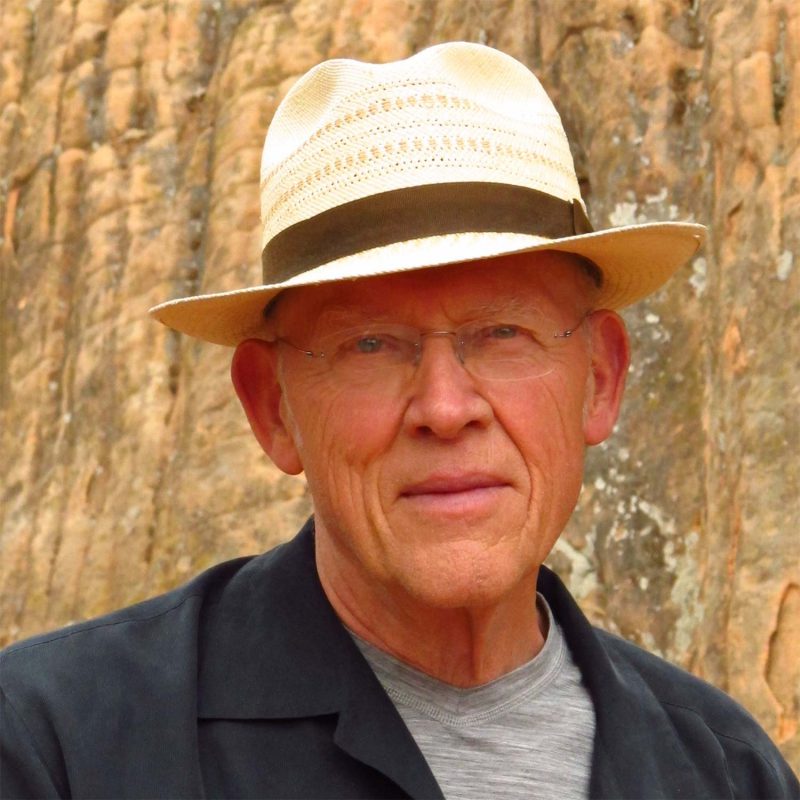Cosmos Coyote and William the Nice
Novel.
2000, Henry Holt Inc.
2002, Paperback edition, HarperTempest, a Division of HarperCollins
When I was conceiving of this book, two issues were dancing around in my mind:
1) Although my own teen-age son never got in serious trouble with the law in the 90s, many of his friends did. None of them was what could be termed a “bad apple.” Most of them were slightly “alternative” in their lifestyle in the small Olympic Peninsula town of Port Townsend (which becomes Port Swan in the novel): skate-boarders, hacky-sack players, musicians, and often interesting artistic types. It appeared to me (and still does) that the legal system was out to criminalize a large segment of the teen-age population that was not by any sane definition “criminal” at all. More accurately, they were simply individualistic, slightly irreverent, and slightly rebellious, but not half as rowdy as many boys of my own generation who never got in trouble with the law. These supposed trouble-makers of the nineties were kids who would likely make creative and innovative contributions to society as adults—that is, if the legal system didn’t turn them into criminals before they had a chance to grow up. My character of Cosmos became a composite of the talented, bright, but mildly rebellious young man whom I saw being criminalized by the legal system.
2) Especially in the 90s, I started noticing how teenagers were tending to fall into two camps: the super-straights and the crookeds, or the religious freaks and the irreverently secular. What always struck me as peculiar when I talked openly with members of either camp is that they had much more in common than their declared creeds or non-creeds would suggest. They all wanted to be free from phoniness, to be spiritually honest. “Be real, man” was a casual comment with a lot of weight, a touchstone of authenticity. Yet, to most secular kids, the religious freaks were people whose eyes glazed over and whose ears closed at the sight or sound of something that didn’t fit comfortably into their tidy belief-system. To the religious kids, the secular kids looked like confused souls with no sense of boundaries, no reverence for anything, no humility, and no feeling for right or wrong. With the character of Cherlyn, as with Cosmos, I wanted to create somebody who would challenge the comfortable assumptions of both religious and non-religious readers. I didn’t want Cherlyn to fit the secular kids’ assumptions, and I didn’t want Cosmos to fit the religious kids’ assumptions. Perhaps naively, I hoped that their love story would bring the two camps closer together.
A few afterthoughts now that the book has been out and around for a while: Like most writers, I glance at reviews and am delighted when a reviewer likes what s/he sees and disappointed when the reviewer reads something totally different from what I intended. The biggest surprise, though, is that no reviewer so far has commented on the Romeo and Juliet echoes I planted in the novel (I think there are about twenty direct or near-direct quotations). Both Cosmos and Cherlyn love Shakespeare, so when they get into their own love-talk exchanges they use Romeo and Juliet heightened love-talk. I was hoping readers would go along with this romantic flourish of language. I know some adult readers who bought the book did, but I don’t think many reviewers did.
Annotation: When sent to live on a farm in Iowa as an alternative to juvenile detention, seventeen-year-old Cosmos falls in love with a religious girl and reconsiders his values and beliefs.
In this truly modern teenage love story, spirituality and sensuality burn equally bright.
“I have these two characters I hide behind. The real one is Cosmos Coyote and the phony one is William the Nice. But sometimes I get them mixed up, like now and almost all the time when I’m with you.”
Cosmos DeHaag is a fast-thinking, law-bending, teenage songwriter from Seattle. In trouble with the law, he is sent to live with his conservative Christian relatives in Iowa and he splits his personality in two: William the Nice will play along, while Cosmos Coyote stays true. When he meets Cherlyn, a beautiful charismatic Christian, their passion takes them both by surprise and the lines between truth and falsehood, Cosmos and William, begin to blur. Now even Cosmos himself is unsure: is he being true when he lies, or lying when he’s being true?
Jim Heynen explores teenage passion and spiritual yearning in a book for older teens that breaks boundaries and will entrance readers.

Best known for his short-short stories about “the boys,” Jim Heynen has published widely as a writer of poems, novels, nonfiction, and short fiction.